-
How does it feel?
Fresh gotu kola has an aromatic odour, slightly reminiscent of tobacco. If you can find a sample to taste you will first notice a strong bitter hit quickly complemented by a gentle sweetness and aromatic taste. The bitterness rolls away leaving the sweet to dominate and you are left with sweet and aromatic aftertaste.
The sweetness of gotu kola is due to the high levels of triterpene saponins that are the most significant health-giving constituents.
-
What can I use it for?
 Gotu kola is revered as a great herb for use within meditative practices because of its ability to ‘open the mind’. It is a rejuvenative tonic, with particular effect upon the brain, helping to restore cerebral functioning that may have been compromised due to excess stress, trauma or illness. It will also improve cognitive functions such as memory, learning and recall.
Gotu kola is revered as a great herb for use within meditative practices because of its ability to ‘open the mind’. It is a rejuvenative tonic, with particular effect upon the brain, helping to restore cerebral functioning that may have been compromised due to excess stress, trauma or illness. It will also improve cognitive functions such as memory, learning and recall.Gotu kola is also one of the most prominent healers in traditional medicine, used in the past to mend some of the most demanding wounds and skin problems (skin ulcers, weeping eczema and even leprosy). Unusually its benefits were as much from oral consumption as topical applications. Its systemic impact upon collagen synthesis and blood vessel repair mechanisms have made it very valuable where there has been any deep tissue damage, but also where the surface of the skin has been damaged through injury or chronic skin conditions. It was also used to reduce inflammatory damage in rheumatic and other inflammatory joint problems.
These combined properties make got kola an obvious remedy when stress and inflammatory problems coincide, for example in skin conditions like eczema and psoriasis, and inflammatory gut problems.
-
Into the heart of gotu kola
 Gotu kola starts as a most impressive healing agent. Laboratory studies indicate that it promotes collagen synthesis, the tissue required to heal wounds and damaged tissue, yet also switching effect to reduce excessive fibrosis or scarring. There are similar data to show that constituents in gotu kola can significantly reduce local inflammation.
Gotu kola starts as a most impressive healing agent. Laboratory studies indicate that it promotes collagen synthesis, the tissue required to heal wounds and damaged tissue, yet also switching effect to reduce excessive fibrosis or scarring. There are similar data to show that constituents in gotu kola can significantly reduce local inflammation.Extending out from this are indications that gotu kola improves the integrity of blood vessel walls, the endothelium, and thereby improves circulation to key tissues. There is also evidence that it can enhance inherent cellular antioxidant performance to reduce tissue damage resulting from various stresses and trauma.
These properties seem particularly important in the central nervous system and brain. Gotu kola can be seen to protect the nervous system. This combined action makes it effective where there has been any head trauma or injury and also where there may be signs of cognitive degeneration or mental fatigue.
Gotu kola has sometimes been coupled with Bacopa monnieri under the generic heading of ‘brahmi’, and both are classified in Ayurveda as medhya rasayanas, remedies that boost memory, restore cognitive deficits and improve mental function.
-
Traditional uses
Gotu kola has been one of the most popular remedies in Ayurvedic medicine as a powerful healer.
It balances all three doshas and benefits the skin and bhrajaka pitta through its ability to hasten wound healing and reduce scars. For mental and nervous conditions it is used where there is pitta/vata aggravation. As it protects the brain by nourishing majjadhatu and also benefits sadhaka pitta it is used for a wide range of neurological applications.
-
Traditional actions
Herbal actions describe therapeutic changes that occur in the body in response to taking a herb. These actions are used to express how a herb physiologically influences cells, tissues, organs or systems. Clinical observations are traditionally what have defined these actions: an increase in urine output, diuretic; improved wound healing, vulnerary; or a reduction in fever, antipyretic. These descriptors too have become a means to group herbs by their effects on the body — herbs with a nervine action have become the nervines, herbs with a bitter action are the bitters. Recognising herbs as members of these groups provides a preliminary familiarity with their mechanisms from which to then develop an understanding of their affinities and nuance and discern their clinical significance.
Ayurvedic actions
-
Traditional energetic actions
Herbal energetics are the descriptions Herbalists have given to plants, mushrooms, lichens, foods, and some minerals based on the direct experience of how they taste, feel, and work in the body. All traditional health systems use these principles to explain how the environment we live in and absorb, impacts our health. Find out more about traditional energetic actions in our article “An introduction to herbal energetics“.
Chinese energetics
Western energetics
-
What practitioners say
Nervous system
Gotu kola improves concentration, intelligence, memory and alertness. It is relaxing can be applied in conditions of stress, insomnia and emotional turbulence. Beyond that it can be useful in managing behavioural and developmental imbalances such as spectrum disorders and ADHD. It combines these with its healing effects, with apparent benefits in reducing neuroinflammatory activity, and is an important remedy to be used in dementia, chronic fatigue syndromes and the after-effects of stroke.
Skin
Gotu kola is a specific herb for inflammatory skin conditions such as eczema, urticaria and acne.
Joints
Gotu Kola is traditionally used for arthritis, gout and joint inflammation.
-
Research
 Much of the clinical trial evidence relates to a standardised extract of gotu kola known as ‘total triterpenic fraction’ (TTF), made up of 40% asiaticoside, 30% asiatic acid and 30% madecassic acid with doses at 60 to 180 mg/day. At up to 8% in the plant these levels of triterpenes are likely to be met with the recommended daily doses of whole herb.
Much of the clinical trial evidence relates to a standardised extract of gotu kola known as ‘total triterpenic fraction’ (TTF), made up of 40% asiaticoside, 30% asiatic acid and 30% madecassic acid with doses at 60 to 180 mg/day. At up to 8% in the plant these levels of triterpenes are likely to be met with the recommended daily doses of whole herb.Various studies have shown that gotu kola extracts have a protective effect against various neurological diseases, including Alzheimer’s disease, Parkinson’s disease, learning and memory enhancement, neurotoxicity and other mental illnesses such as depression and anxiety, and epilepsy (3).
Preliminary clinical studies have shown an effect in reducing anxious responses in healthy subjects (4,5).
There have also been an uncontrolled clinical trial showing benefit in generalised anxiety disorder and improving cognitive performance (7).
A systematic review has concluded that gotu kola tripenoids have potential therapeutic effects in cardiovascular problems, and to have anti-atherosclerotic, antihypertensive, antihyperlipidemic, antidiabetic and anti-inflammatory activities (8). An Italian research group had in earlier additional studies demonstrated benefits of gotu kola triterpenoids on the microcirculatory consequences of long-distance flights (9), of diabetes (10), and venous hypertension (linked to deep-vein thrombosis and associated chronic venous congestion e.g. in the legs) (11,12,13). A systematic review of this evidence showed that Centella asiatica significantly improved microcirculatory parameters such as transcutaneous partial pressure of CO2 and O2, rate of ankle swelling and venoarteriolar response. and that patients treated showed significant improvement in CVI signs such as leg heaviness, pain and oedema (14).
One intriguing clue to the action of gotu kola was provided by a placebo-controlled study that demonstrated an effect of the triterpenoid fraction of gotu kola on the stabilisation of potentially thrombotic atheromatous plaques (detectable at the forking of the femoral artery). This suggests that elements within gotu kola could modulate collagen synthesis (15).
There is clinical trial evidence of benefit in healing diabetic ulcers when applied topically (16). Such healing activity may also be systemic: one study has demonstrated that oral doses of gotu kola reduced the amount of loose endothelial (blood vessel wall) cells associated with phlebitis (17).
-
Did you know?
The Sanskrit name mandukaparni refers to the shape of gotu kola’s leaves resembling the webbed feet of a frog!
The gotu kola leaf also looks like the cerebellum in the brain and in the tradition of the ‘doctrine of signatures’ is renowned for promoting intellect, soothing the nervous system and for general mind-enhancing properties.
Its other common name Hydrocotyle is derived from the Greek words for ‘water’ and ‘cup’, describing the plants natural habitat and the appearance of its ‘cup-shaped’ leaves..
Additional information
-
Botanical description
Gotu kola, a member of the celery family, is a slender herbaceous creeper found across India, Sri Lanka, China, South Africa and South America and favours moist habitats at altitudes of up to 2500m. The plant has diffuse underground parts: its rhizomes are covered in root hairs and produce an intricate network of stolons.
The stems are very slender and often red in colour and produce kidney shaped leaves in rosettes up to 5cm in diameter at each stem node. The flowers are a delicate pale violet or pink. The plant has a smell similar to that of tobacco.
-
Common names
- Indian pennywort
- Hydrocotle (Eng)
- Asiatische Sumpfpfennigkraut (Ger)
- Kula kudi (Hindi)
- Mandukaparni (Sanskrit)
-
Safety
Gotu kola is widely used as a vegetable in Asia and is safe.
-
Dosage
From 3g up to 30g of dried leaf per day.
-
Constituents
- Triterpene saponins (pentacyclic ursane type – ‘centellosides’), mainly asiaticoside and madecassoside and their corresponding sapogenins asiatic and madecassic acids.
- Essential oil including myrcene, farnesene, germacrene, caryophyllene and pinene
- Flavonoids
- Polyacetylenes
Pentacyclic triterpenoids are widely distributed in many medicinal plants, such as licorice, green tea, hawthorn as well as gotu kola; some have shown apparent effects on glucose absorption, insulin secretion, diabetic vascular dysfunction, retinopathy and nephropathy, all features of diabetes or prediabetic conditions (1).
Asiatic acid is anti-inflammatory with antihypertensive, neuroprotective, cardioprotective, antimicrobial, and antitumour activities in preclinical studies (2).
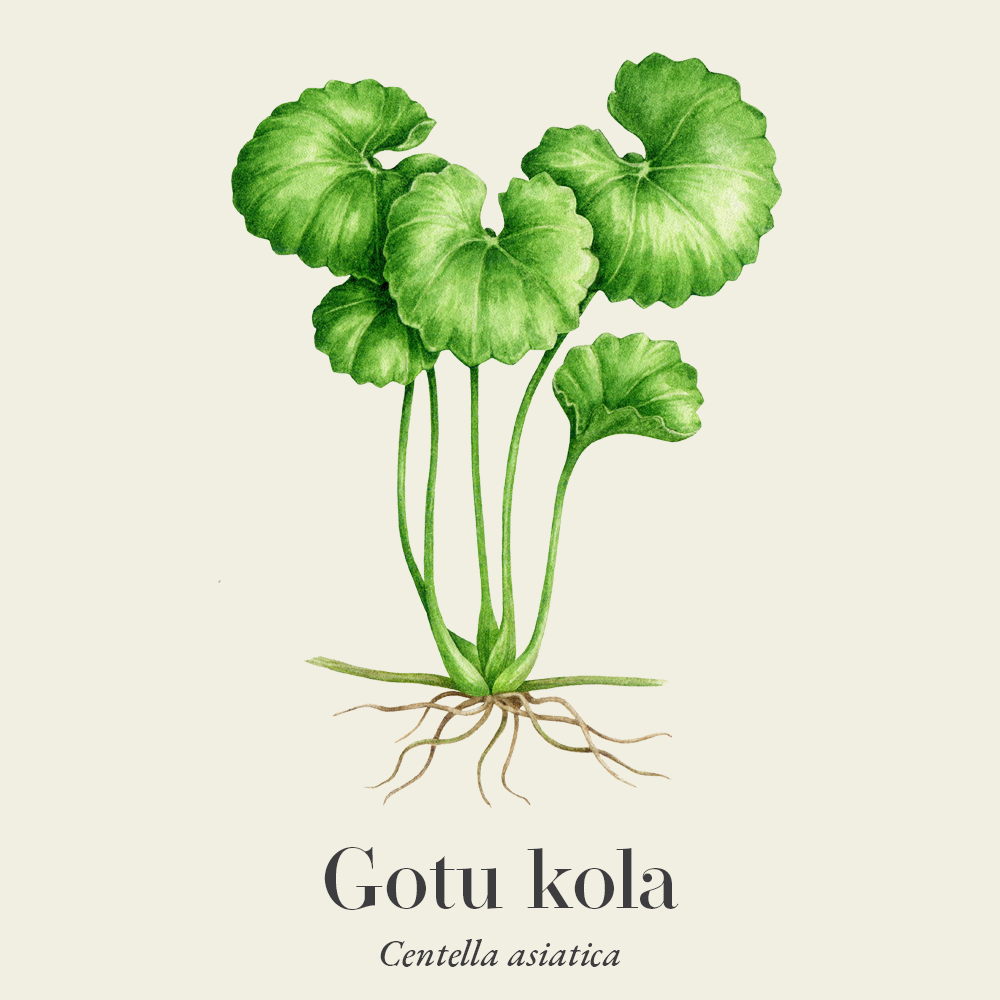
-
References
- Alqahtani A, Hamid K, Kam A, et al. (2013) The pentacyclic triterpenoids in herbal medicines and their pharmacological activities in diabetes and diabetic complications. Curr Med Chem. 20(7): 908-931
- Nagoor Meeran MF, Goyal SN, Suchal K, et al. (2018) Pharmacological Properties, Molecular Mechanisms, and Pharmaceutical Development of Asiatic Acid: A Pentacyclic Triterpenoid of Therapeutic Promise. Front Pharmacol. 9: 892
- Lokanathan Y, Omar N, Ahmad Puzi NN, et al. (2016) Recent Updates in Neuroprotective and Neuroregenerative Potential of Centella asiatica. Malays J Med Sci. 23(1): 4-14
- Bradwejn J, Zhou Y, Koszycki D, Shlik J. (2000) A double-blind, placebo-controlled study on the effects of Gotu Kola (Centella asiatica) on acoustic startle response in healthy subjects. J Clin Psychopharmacol. 20(6): 680-684
- Sarris J, McIntyre E, Camfield DA. (2013) Plant-based medicines for anxiety disorders, part 2: a review of clinical studies with supporting preclinical evidence. CNS Drugs. 27(4): 301-319
- Jana U, Sur TK, Maity LN, et al. (2010) A clinical study on the management of generalized anxiety disorder with Centella asiatica. Nepal Med Coll J. 12(1): 8-11
- Wattanathorn J, Mator L, Muchimapura S, et al. (2008) Positive modulation of cognition and mood in the healthy elderly volunteer following the administration of Centella asiatica. J Ethnopharmacol. 116(2): 325-332
- Razali NNM, Ng CT, Fong LY. (2019) Cardiovascular Protective Effects of Centella asiatica and Its Triterpenes: A Review. Planta Med. 2019;85(16):1203-1215
- Cesarone MR, Incandela L, De Sanctis MT, et al. (2001) Flight microangiopathy in medium- to long-distance flights: prevention of edema and microcirculation alterations with total triterpenic fraction of Centella asiatica. Angiology. 52 Suppl 2: S33-S37
- Cesarone MR, Incandela L, De Sanctis MT, et al. (2001) Evaluation of treatment of diabetic microangiopathy with total triterpenic fraction of Centella asiatica: a clinical prospective randomized trial with a microcirculatory model. Angiology. 52 Suppl 2: S49-S54
- Cesarone MR, Belcaro G, Rulo A, et al. (2001) Microcirculatory effects of total triterpenic fraction of Centella asiatica in chronic venous hypertension: measurement by laser Doppler, TcPO2-CO2, and leg volumetry. Angiology. 52 Suppl 2: S45-S48
- De Sanctis MT, Belcaro G, Incandela L, et al. (2001) Treatment of edema and increased capillary filtration in venous hypertension with total triterpenic fraction of Centella asiatica: a clinical, prospective, placebo-controlled, randomized, dose-ranging trial. Angiology. 52 Suppl 2: S55-S59
- Incandela L, Belcaro G, De Sanctis MT, et al. (2001) Total triterpenic fraction of Centella asiatica in the treatment of venous hypertension: a clinical, prospective, randomized trial using a combined microcirculatory model. Angiology. 52 Suppl 2: S61-S67
- Chong NJ, Aziz Z. (2013) A Systematic Review of the Efficacy of Centella asiatica for Improvement of the Signs and Symptoms of Chronic Venous Insufficiency. Evid Based Complement Alternat Med. 2013: 627182
- Incandela L, Belcaro G, Nicolaides AN, et al. (2001) Modification of the echogenicity of femoral plaques after treatment with total triterpenic fraction of Centella asiatica: a prospective, randomized, placebo-controlled trial. Angiology. 52 Suppl 2: S69-S73
- Paocharoen V. (2010)The efficacy and side effects of oral Centella asiatica extract for wound healing promotion in diabetic wound patients. J Med Assoc Thai. 93 Suppl 7: S166-S170
- Montecchio GP, Samaden A, Carbone S, et al. (1991) Centella Asiatica Triterpenic Fraction (CATTF) reduces the number of circulating endothelial cells in subjects with post phlebitic syndrome. Haematologica. 76(3): 256-259

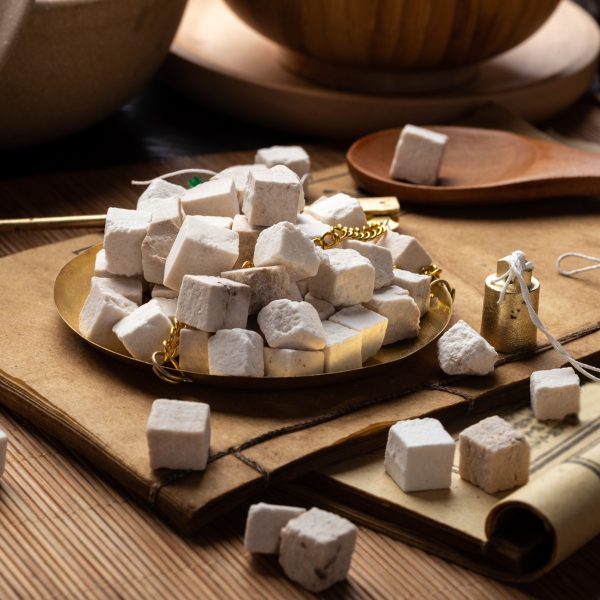
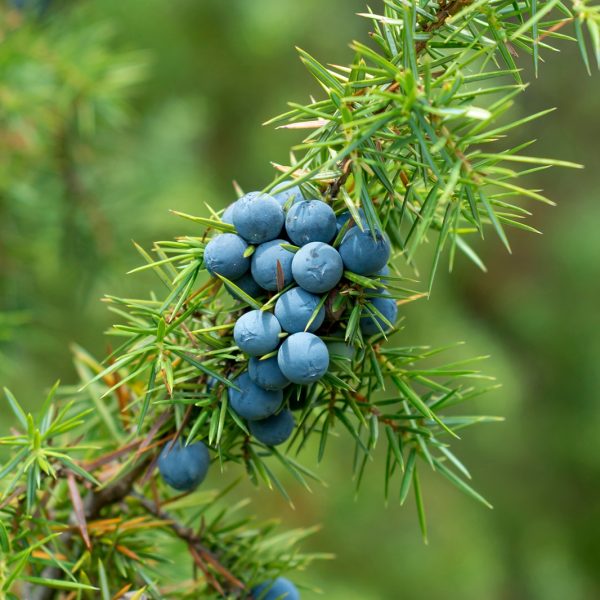












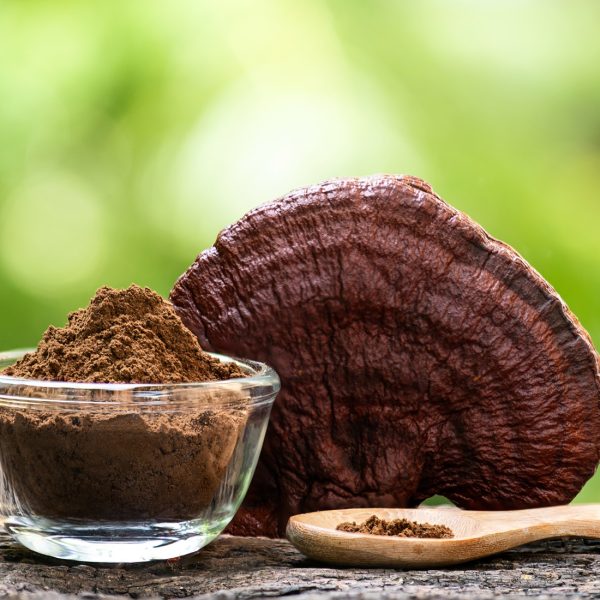
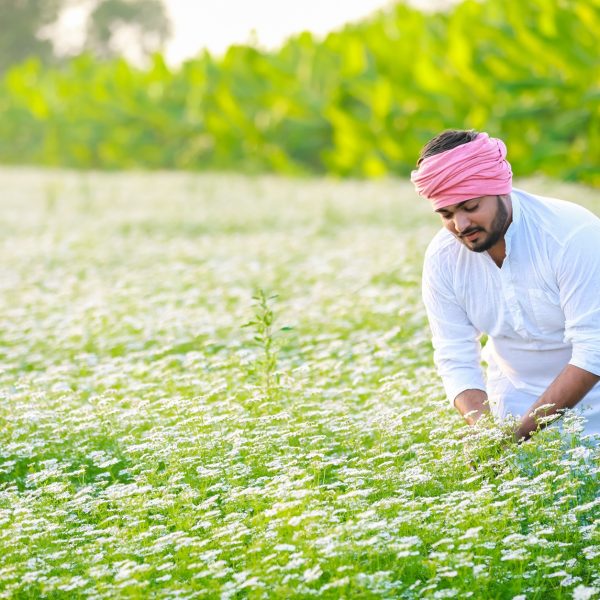
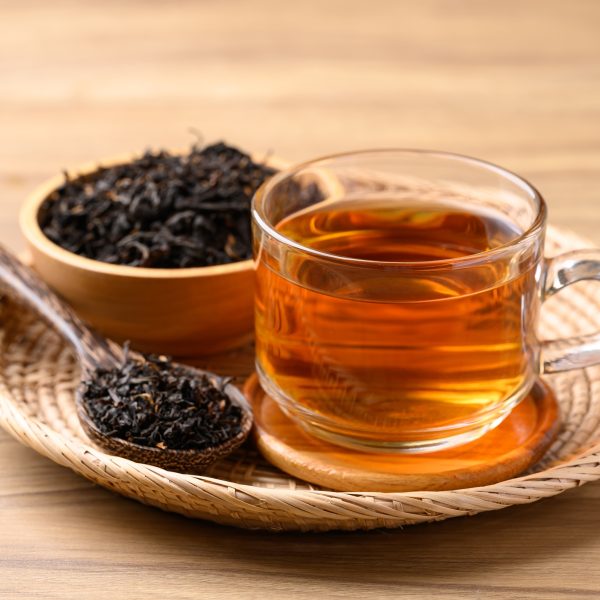
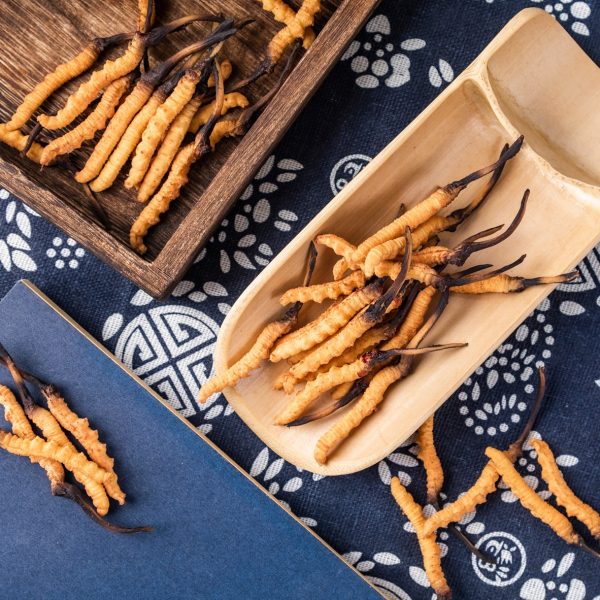









 Gotu kola is revered as a great herb for use within meditative practices because of its ability to ‘open the mind’. It is a rejuvenative tonic, with particular effect upon the brain, helping to restore cerebral functioning that may have been compromised due to excess stress, trauma or illness. It will also improve cognitive functions such as memory, learning and recall.
Gotu kola is revered as a great herb for use within meditative practices because of its ability to ‘open the mind’. It is a rejuvenative tonic, with particular effect upon the brain, helping to restore cerebral functioning that may have been compromised due to excess stress, trauma or illness. It will also improve cognitive functions such as memory, learning and recall. Much of the clinical trial evidence relates to a standardised extract of gotu kola known as ‘total triterpenic fraction’ (TTF), made up of 40% asiaticoside, 30% asiatic acid and 30% madecassic acid with doses at 60 to 180 mg/day. At up to 8% in the plant these levels of triterpenes are likely to be met with the recommended daily doses of whole herb.
Much of the clinical trial evidence relates to a standardised extract of gotu kola known as ‘total triterpenic fraction’ (TTF), made up of 40% asiaticoside, 30% asiatic acid and 30% madecassic acid with doses at 60 to 180 mg/day. At up to 8% in the plant these levels of triterpenes are likely to be met with the recommended daily doses of whole herb.





